How Well Do You Know About The Biomes Of World?
Apr 18, 2019 • 65 views
How perfect is nature, different forms around the world yet, all alluring at the same time.
A biome is a large geographical area of distinctive plant and animal groups, which are adapted to that particular environment. The climate and geography of a region determine what type of biome can exist in that region. A biome is different from an ecosystem. Each biome consists of many ecosystems whose communities have adapted to the small differences in climate and the environment inside the biome. Hence, biomes include both the abiotic and biotic factors. The abiotic factors include relief, geology, soils, climate, rocks, and humidity, and the biotic factors are the plants and animals.
6 Major Types of Biomes on Earth -
1. The Desert Biome -
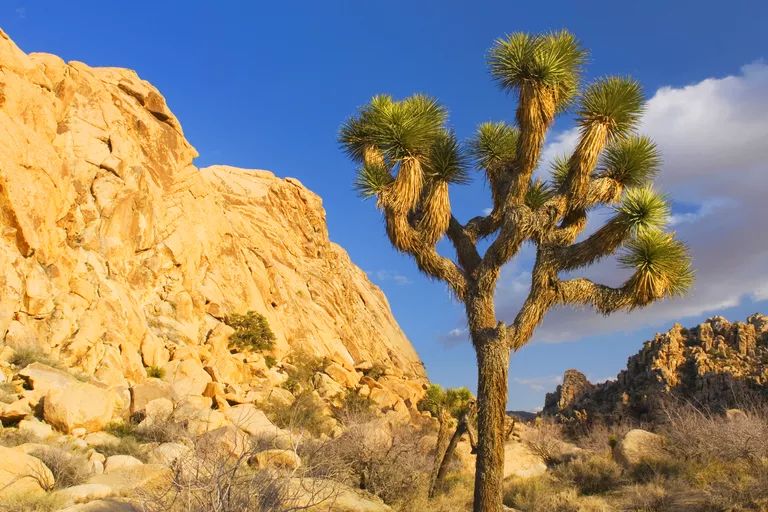
Desert biomes are the hot and dry areas of the world having arid and semi-arid lands with little or no vegetation. Deserts constitute approximately 20% of the earth’s total land cover. They are characterized by very high temperature, less cloud cover, low humidity, low atmospheric pressure, and very little rain, the soil cover is also rocky and shallow and with very little organic matterwhich makes them have little vegetation cover.
2. The Forest Biome -
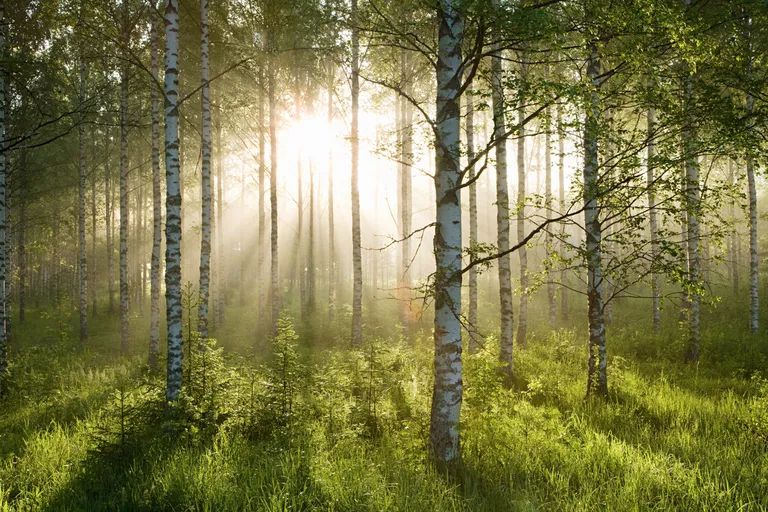
Forests have great value to numerous biological systems on earth. Forest biomes constitute nearly 30% of the earth’s total land cover. They are mainly composed of trees and vegetation plantations that storecarbonand have an incredible feature of controlling the planet’s climate.They are characterized by high temperature, high rainfall, and humidity, high availability of organic matter and nutrients in the soil and thus, support dense vegetation. Forests biomes are further sub-divided into three main categories including theTemperate Forests, that are found in Northern Hemisphere, theTropical Rainforests, like Amazon rainforest and, theBoreal Forests, like in Canadian region.
3. The Aquatic Biome -

Aquatic biomes refer to all the water bodies on the planet’s surface. They constitute nearly 75% of the earth’s surface. Aquatic biomes are further subdivided intoFreshwater Biomes andMarine Biomes. Freshwater Biomes include ponds, streams, rivers, wetlands, and lakes, and Marine Biomes are the coral reefs, estuaries, and the oceans. The aquatic life forms are influenced by abiotic factors such as sunlight penetration in the waters as well as the salt content, temperature, and pressure.
4. The Tundra Biome -
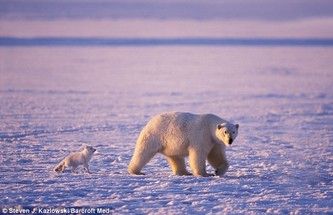
The Tundra Biomes are the coldest of all the land biomes and are characterized with very little biodiversity capacity. The lands in Tundra Biomes are widely barren due to the very little rain and the freezing temperatures. The Tundra Biomes cover about a fifth of the earth’s land cover and are categorized into theAlpine Tundra, situated in the cold mountains like the Cascade Mountains in North America and, theArctic Tundra, which is situated around the north-pole in the northern hemisphere.These regions are located towards the poles of the earth as a result, constantly melted permafrost and frozen surface moisture are common.
5. The Grassland Biome -
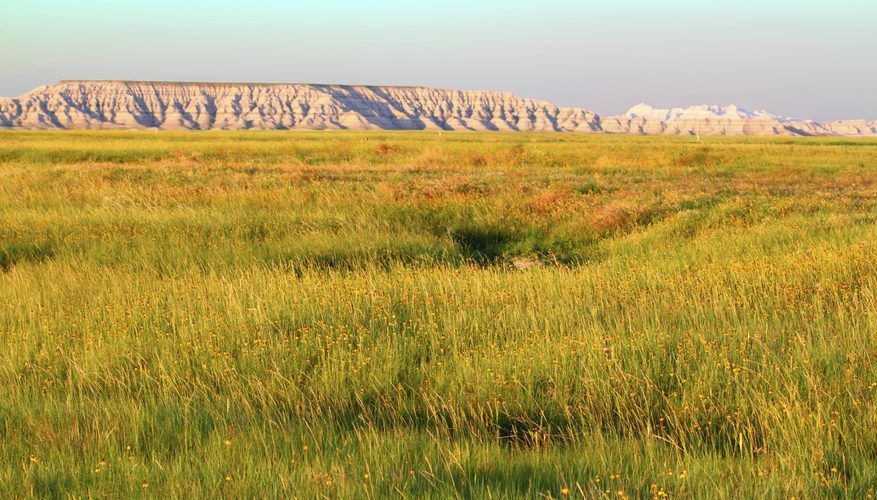
These are the regions with extensive grass species or grass species with a small number of sparsely distributed trees. Grassland biomes are further categorized into theTemperate Grasslands, where the temperatures are very high and freezing during summer and winter respectively and, theSavanna Grasslands, where the temperature and rainfall are moderate. Africa hosts one of the largest Savanna Grasslands, which constitutes more than a third of the continent’s land cover.
6. Chaparral or Shrubland Biome -
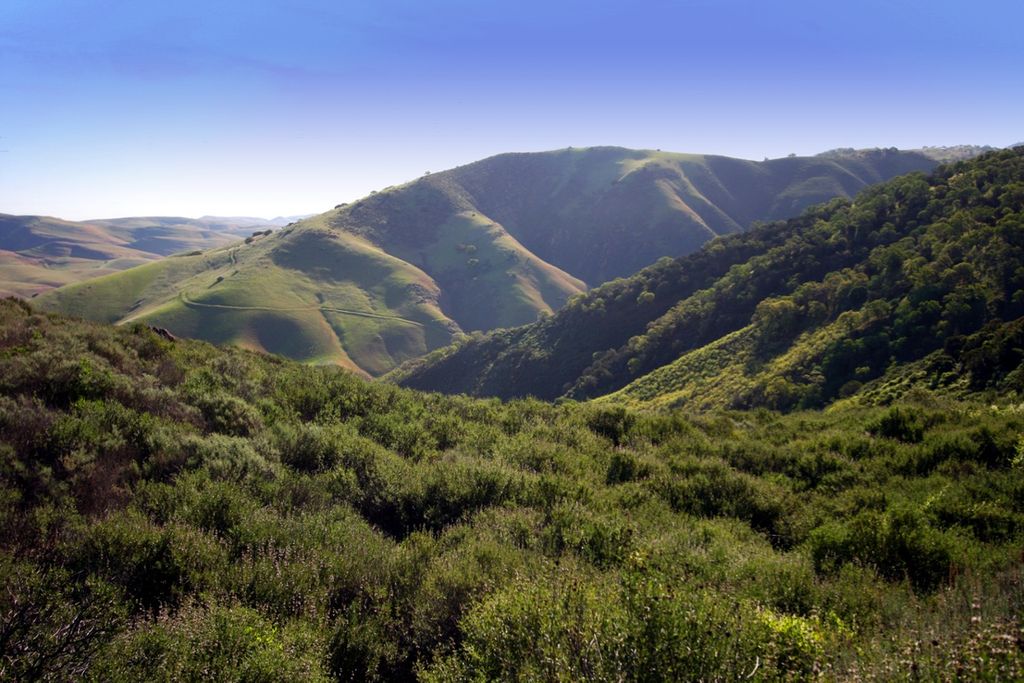
These biomes are found in very few regions of the world including around the Mediterranean Sea, parts of Australia, and mostly in southern California. This biome majorly contains shrubs and is dry and hot in the summer and moist and cool during the winter. Wildfire occurrences are very common in chaparral biomes especially in the months of summer which are necessary for the proper germination of plants and seeds. Plants growing in these regions have to be drought resistant which includes needle-like leaves, deep digging roots, and thick stems.
